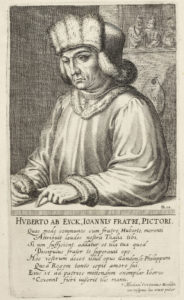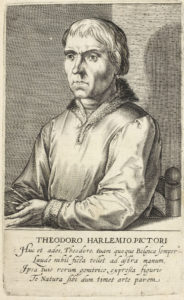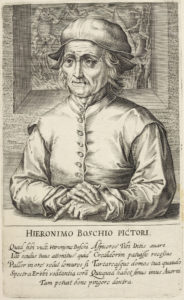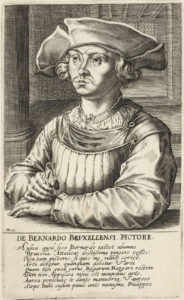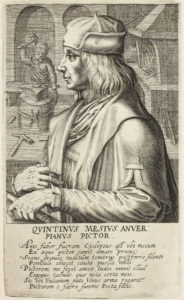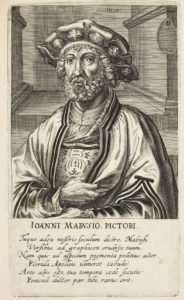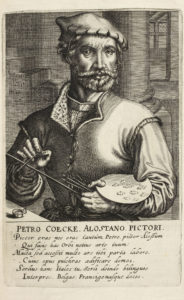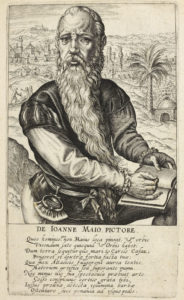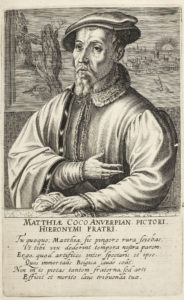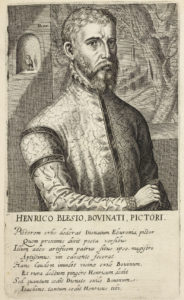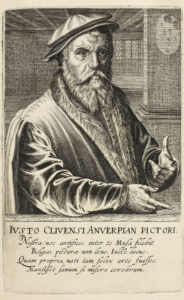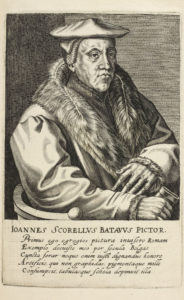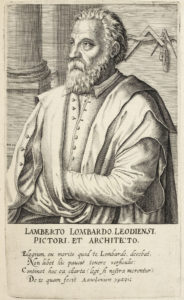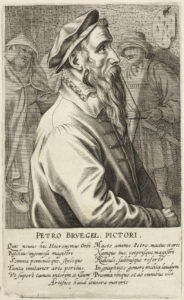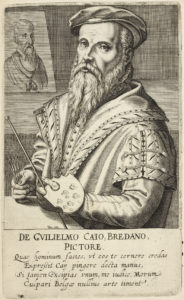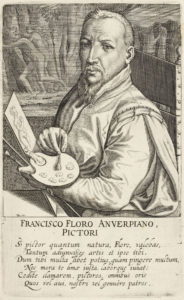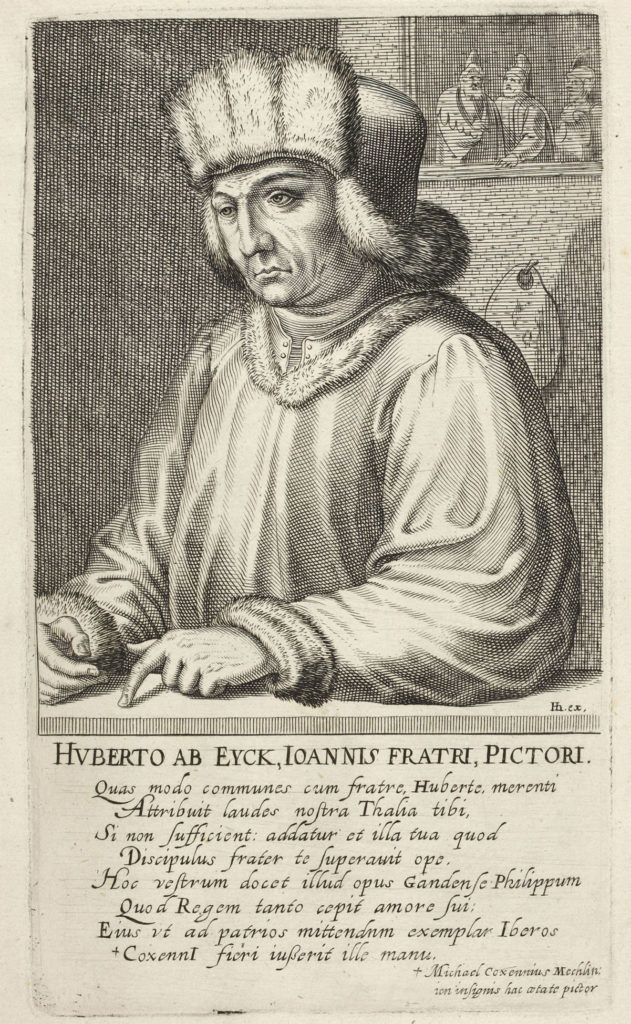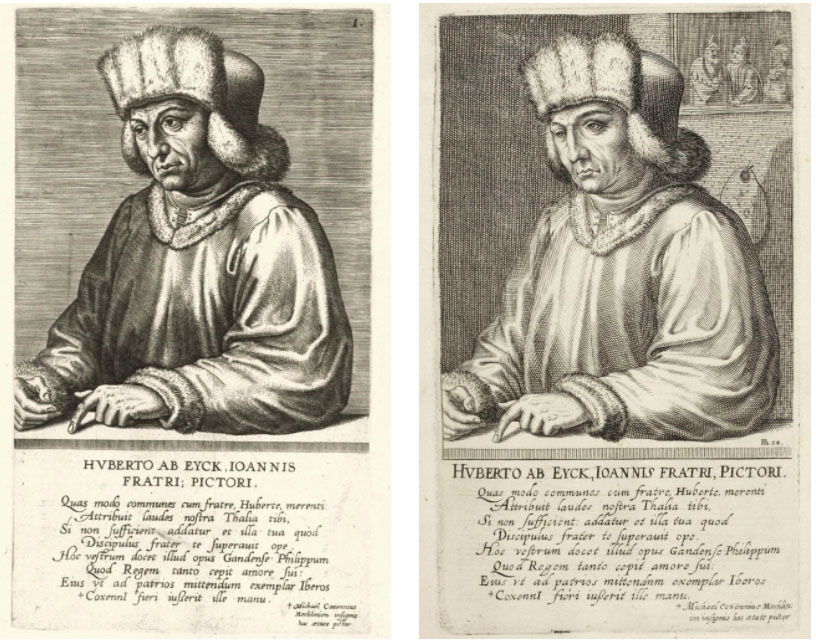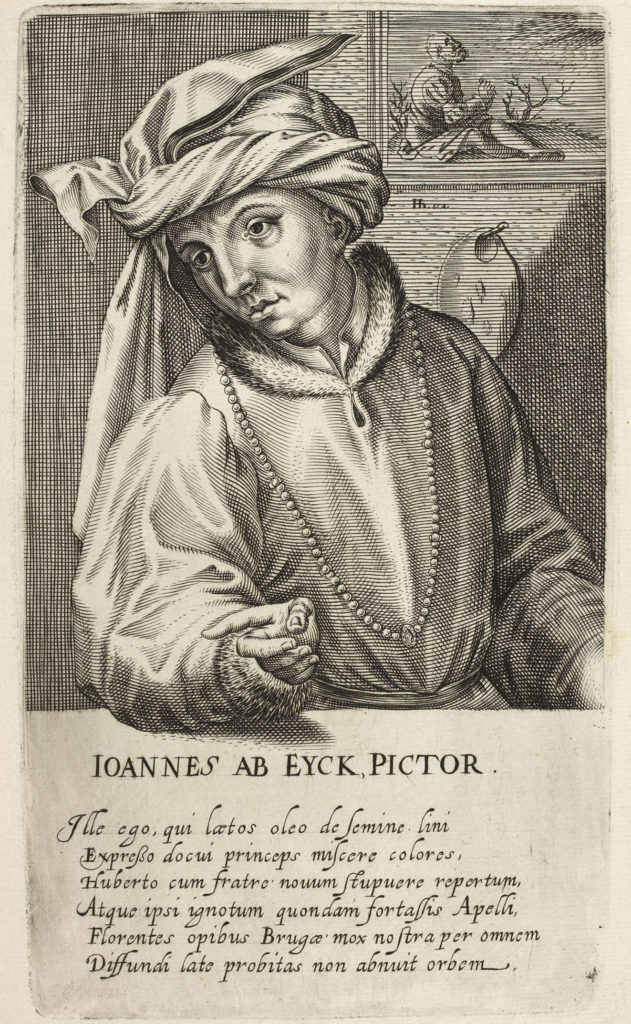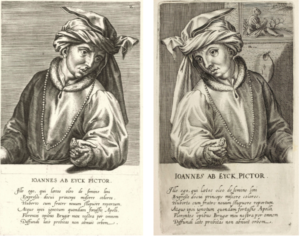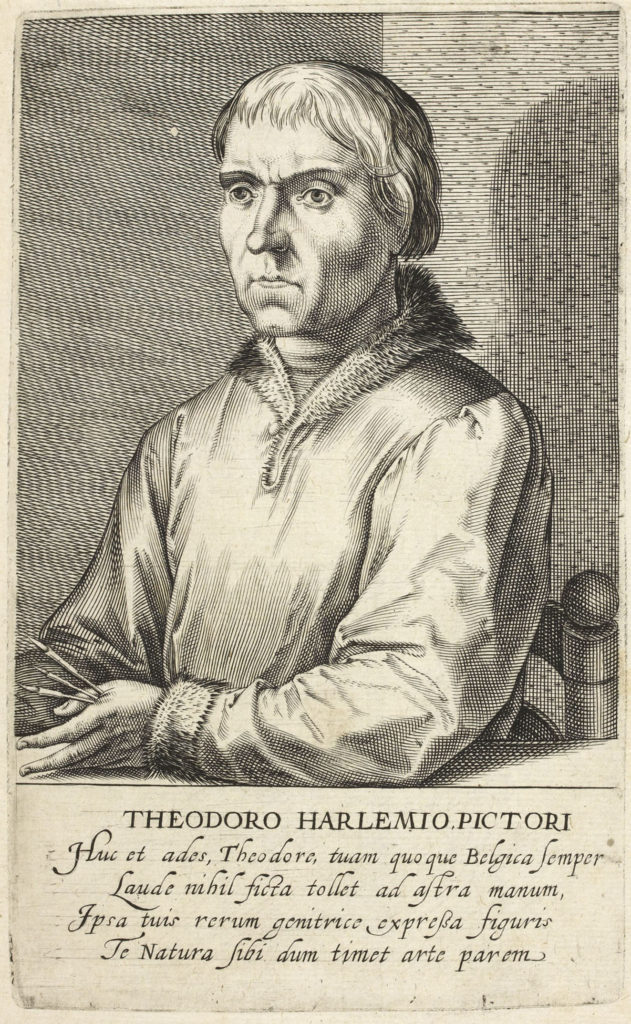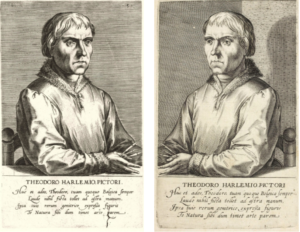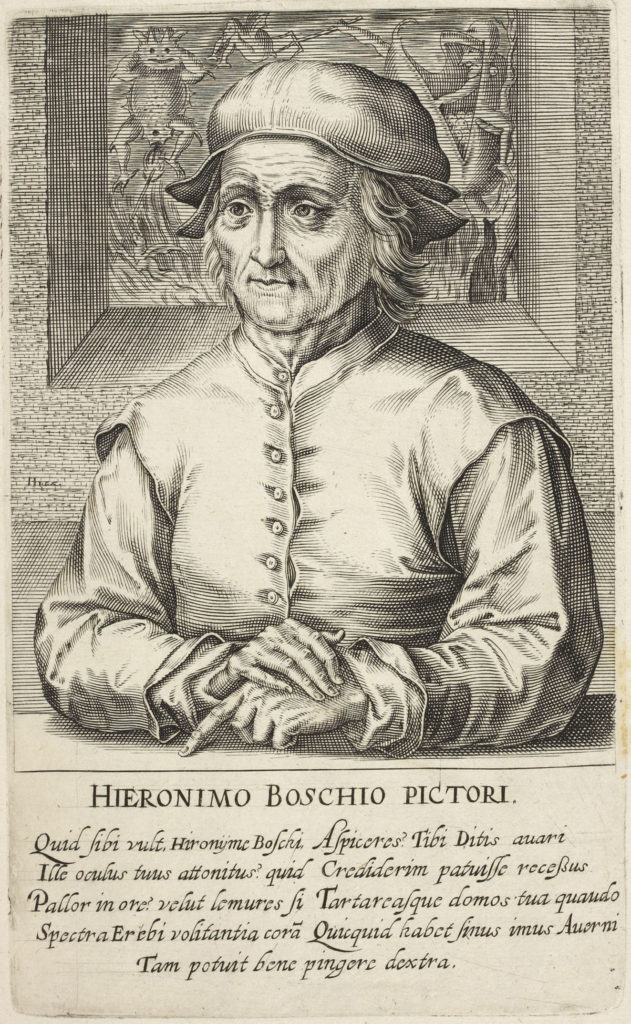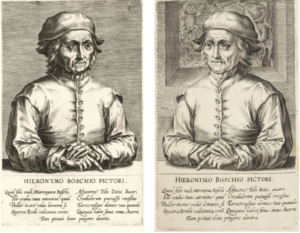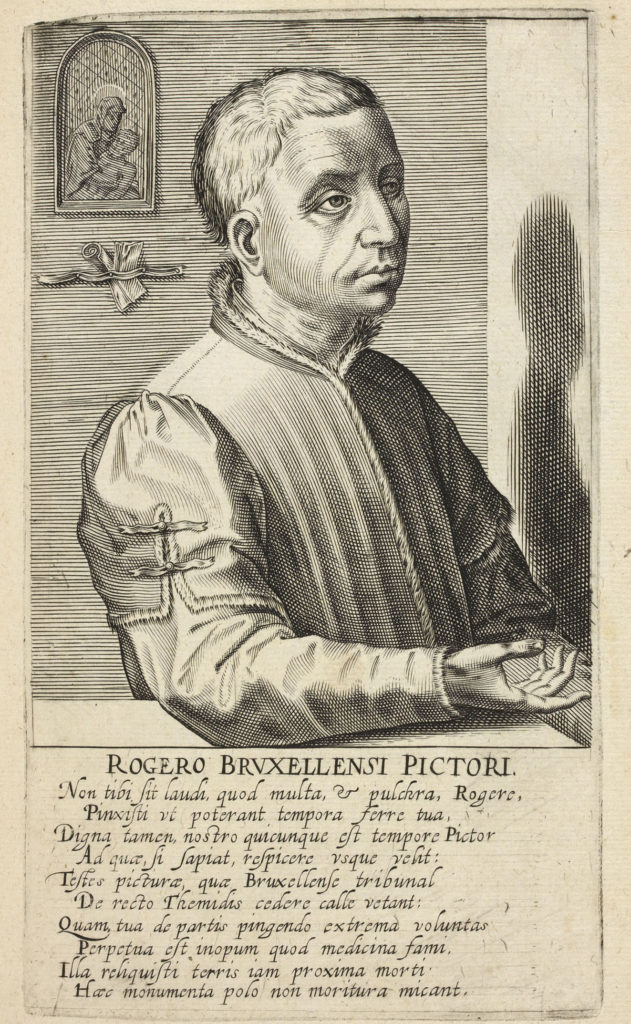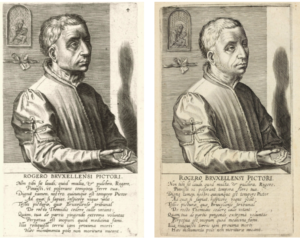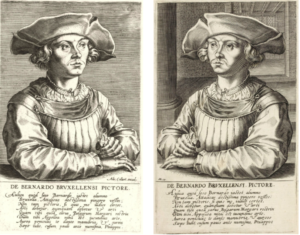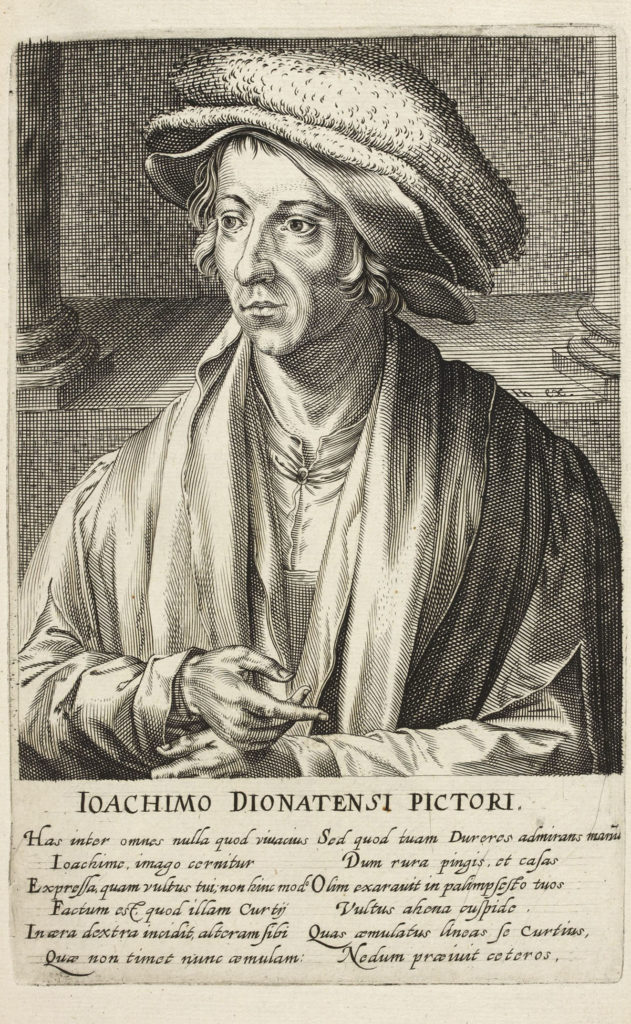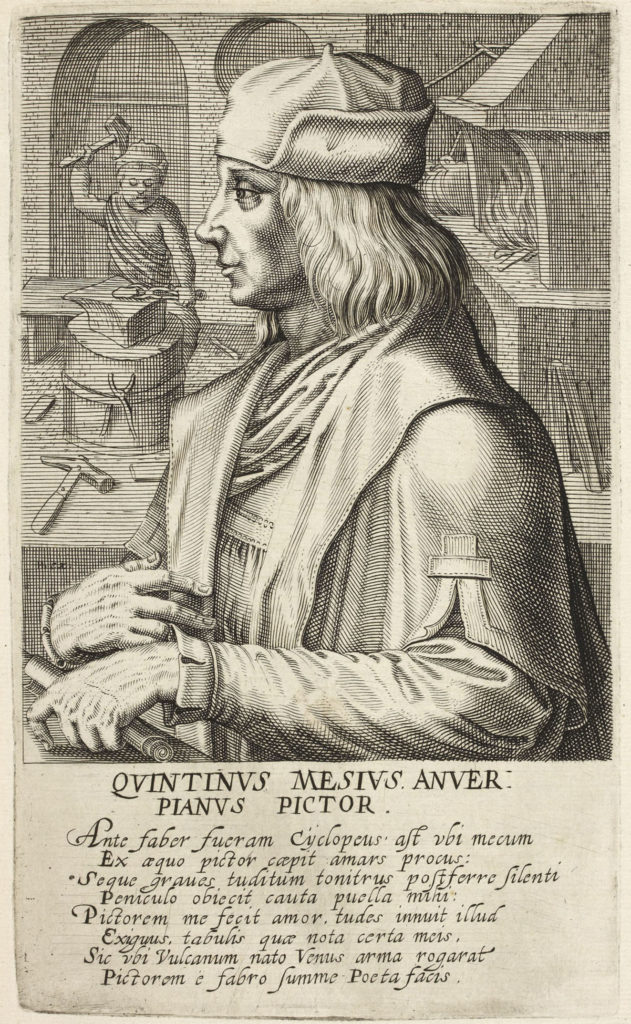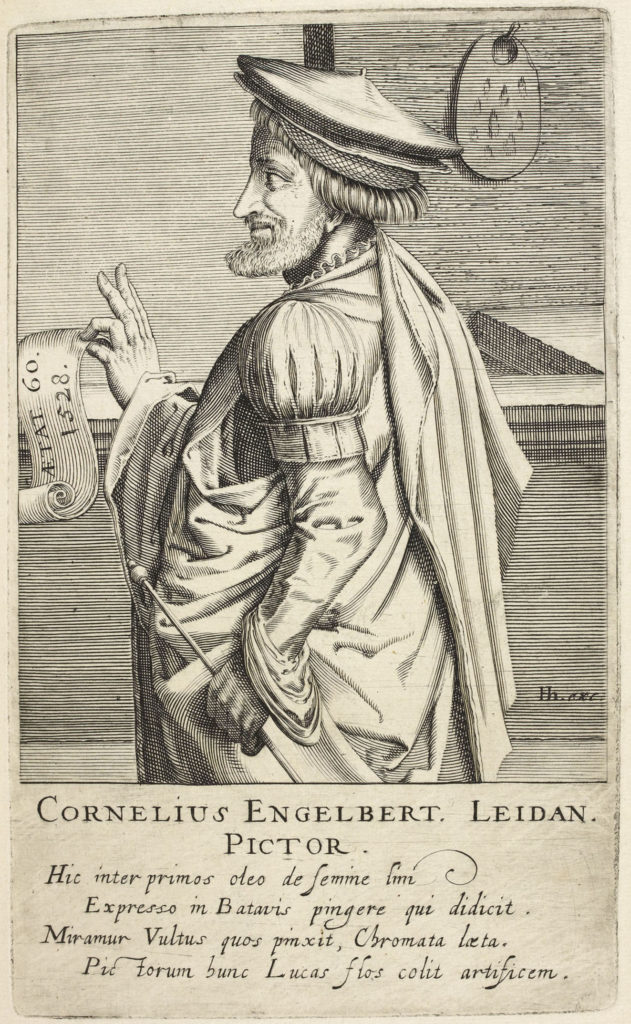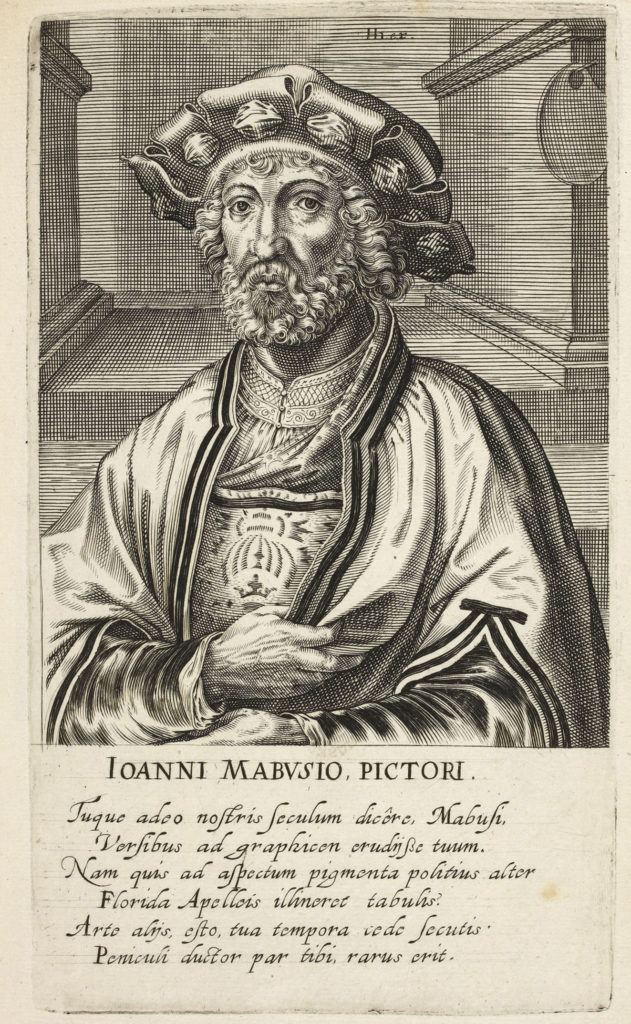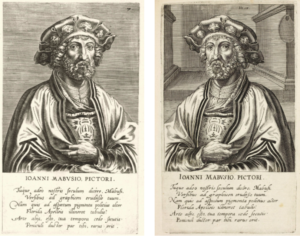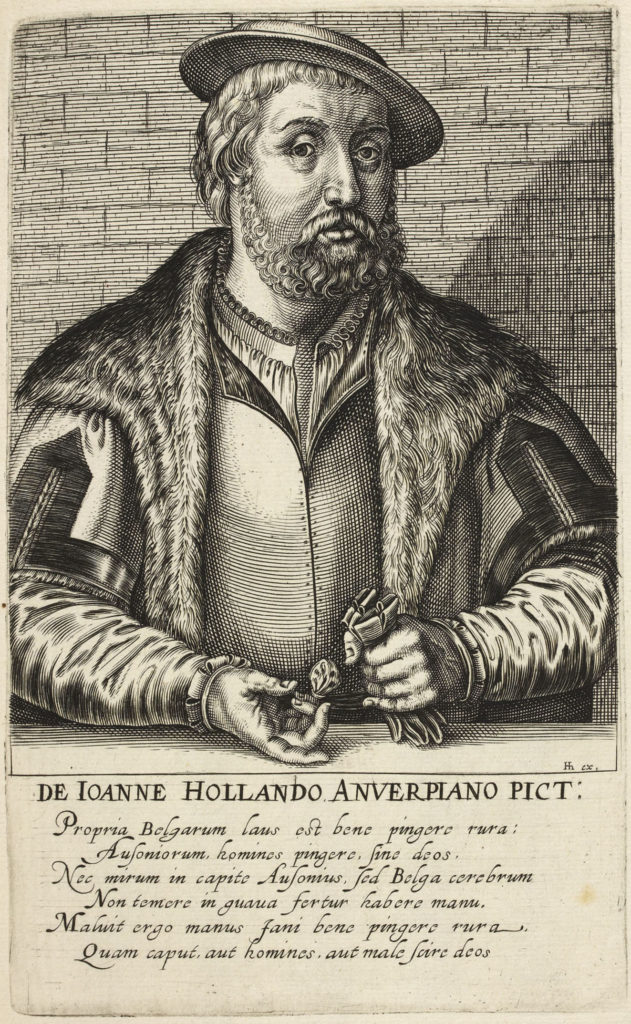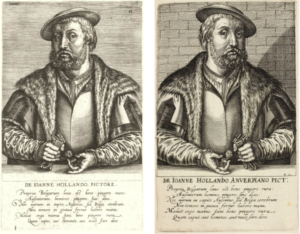Footnotes:
- One of the muses. Cf. The poem on Lucas van Leyden, “nostrae ...Camenae”.
- “ope” could also mean “wealth”. Either way, it’s hard to see (without knowing the context) how Hubert will feel this adds to his praises.
- This for “vestrum”, which is plural, so the work is being credited to both brothers.
- “amore sui” could also mean “love of himself”, but I am presuming that the author is referring to the Lam Gods.
- “ille ego qui” – For the ultimate source of this phrase, see the apocryphal opening lines to the Aeneid, “ille ego qui quondam gracili modulatus avena…”
- “oleo de semine lini”: the same expression in the poem for Cornelis Engebrechtsz.
- This for “probitas”. It is hard to see quite what the author means, but “probitas” to my knowledge always has a moral sense.
- I am taking “rerum genetrice” as qualifying “arte” in the next line. This is awkward, but I cannot see a better solution.
- The entry to the underworld in Virgil’s Aeneid.
- The sense seems to be that Rogier painted as well as he could for his time. Compare to poem on Jan Gossaert
- The point seems to be that Rogier’s paintings will pass away, like all earthly things, whereas his works of mercy will gain him eternal life, and therefore last forever.
- I translate as if “doctissima” agrees with “Bernardus”. This is in fact impossible, as “doctissima” is feminine. It could agree with “aulica … Bruxella”, or be a vocative, addressing Margaret. But neither of these options makes much sense. Nor can it be corrected to “doctissimus” without spoiling the metre.
- The reference, which is found in classical poetry, is to Attalus III of Pergamum, credited with the invention of cloth of gold.
- "me iudice certet". Cf. Virgil, Eclogue 4, 58, "mecum si iudice certet".
- Cornelis Cort (c.1533-1578)
- “rura ... et casas”. The combination (also found in Lucas Gassel below) is from Virgil, Eclogues 2.28-29.
- A palimpset in this context probably means a printing plate on which previous incisions had been made and burnished out so that the plate could be used again.
- I am translating Lampsonius’ “amare”, not Hondius’ “amars”, which is not Latin
- Because the Cyclopes worked with hammers.
- See note 1
- The greatest of poets is Virgil, and the episode in question is Aeneid 8, 369-453 and 608-fin. The author seems to think of the images on Aeneas’ shield as paintings (Virgil himself does not say clearly how Vulcan made the pictures).
- “oleo de semine lini”: the same expression in the poem for Jan van Eyck
- This of course merely means “paintings”
- sic. Lampsonius' text in Pictorum aliquot celebrium Germaniae inferioris effigies reads "sive Deos".
- sic. Lamponius' text, cited above, reads 'in gnava'.
- I am reading “sive” for “sine” in line 2, and “gnava” for “guava” in line 4. Both corrections are from Lampsonius.
- This town’s name seems now to be spelt “Aalst” (French: “Alost”).
- sic. see note 2.
- Reading Lampsonius’ “urbes” for Hondius's impossible “urbis”.
- Can be translated as “Caesar” Cf. note on “Emperor” on the text for Albrecht Dürer, Anthony Mor and others
- See note on the text for Bernaert van Orley.
- This seems to mean that Vermeyen showed more skill in painting drapery than was involved in making the drapery itself.
- sic. see note 3.
- sic. see note 4.
- Reading Lampsonius’ “immortali” for Hondius’ “immortalis”. With the latter reading, one would translate “whom Belgium honours with praise [as] immortals”.
- Reading Lampsonius “tantum” for Hondius “tantem” (?), which is not Latin.
- Julius Caesar describes the “Eburones” as a Belgian people in the region “extending from Liège to Aix-la-Chapelle” (Lewis & Short). I cannot say which city the author considers the “urbs Eburonia”. Presumably Dinant itself.
- sic. See note 2.
- This line is unmetrical in the Latin, because Hondius has omitted Lampsonius’ “in” before “illa”. I translate according to Lampsonius.
- This for the Greek Λαμψονίοτε γραφίς. Λαμψονίοτε is apparently the author’s attempt to invent a Greek adjective based on his name. However, the form is bad Greek (better would be Λαμψονιοτὴ) and neither the author’s form nor mine will help the metre. The work by Lampsonius’s pen referred to is his biography of Lambert Lombard: Lamberti Lombardi apud Eburiones pictoris celeberrimi vita, Bruges, 1565.
- In the Latin, “eos” can only refer to “homines”, not “facies”. English cannot do this, so one would have to translate “looking at the people themselves”, vel sim. to avoid ambiguity.
- The renowned portraitist Anthonis Mor (c.1517/20 – c.1576), who was a friend of Lampsonius.
- sic.
- “rura casasque”. See note on the text for Joachim Patinir.
- I am reading Lampsonius’ “arti” for Hondius’ impossible “arte”. are your honesty and candour, and whatever
- The Latin “multa…multum” is equally vague. The sense seems to be that Floris preferred painting many works to expending much energy on any given one.
- The author is referring to Horace, Ars poetica 291, where “limae labor et mora” are recommended for the poet.
- Cf. Propertius, 2.34.65, “cedite Romani scriptores, cedite Grai” (about Virgil’s Aeneid). The implication is that Floris could have been as preeminent among painters as Virgil was among poets.

